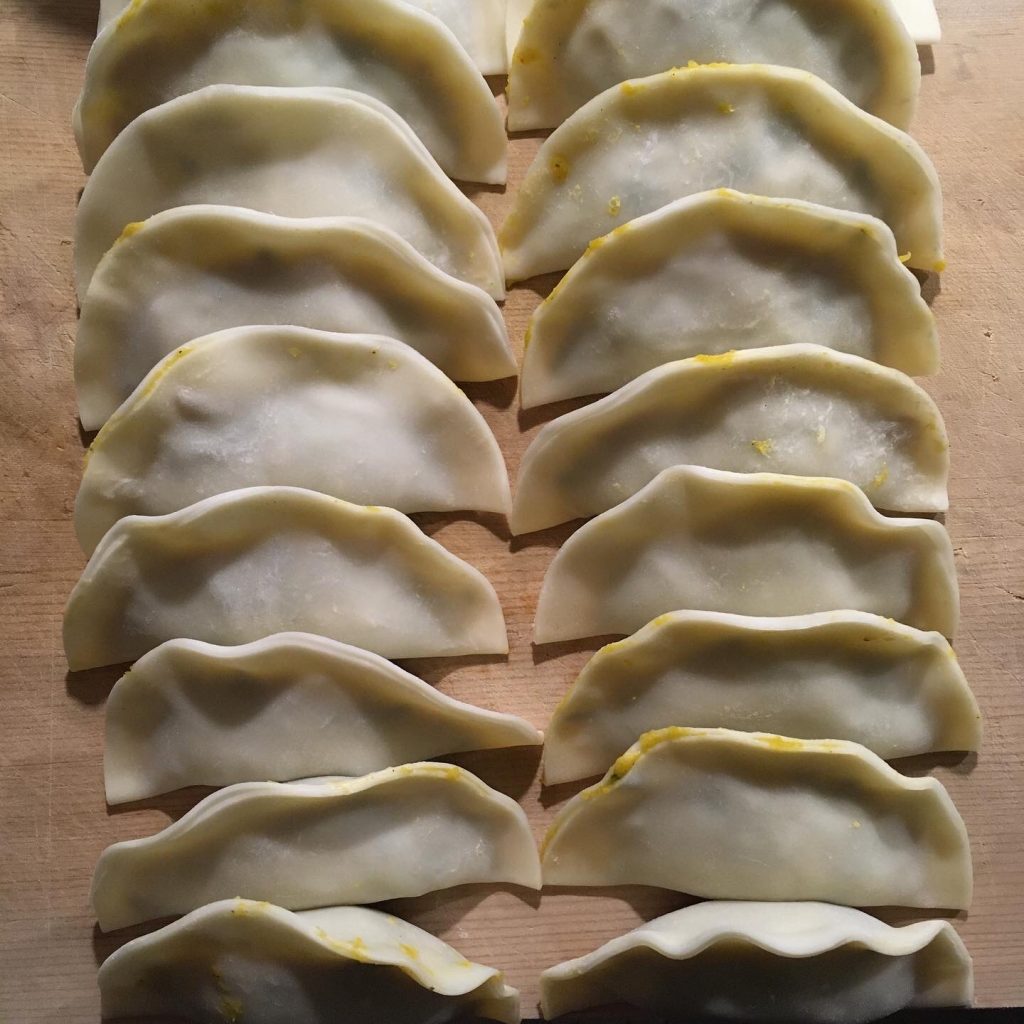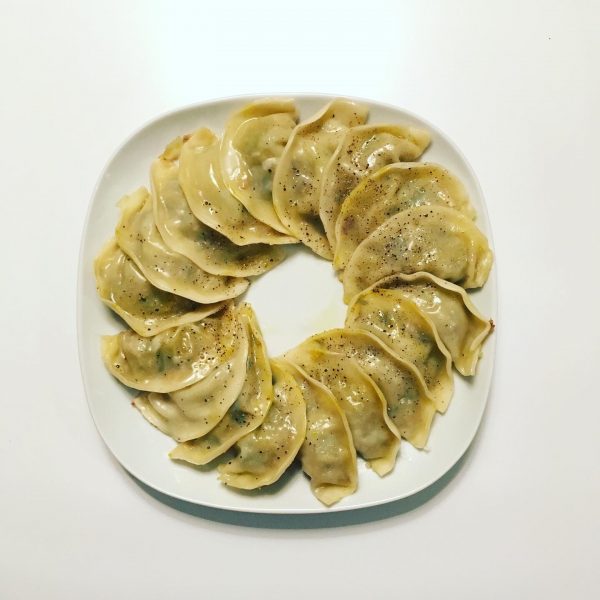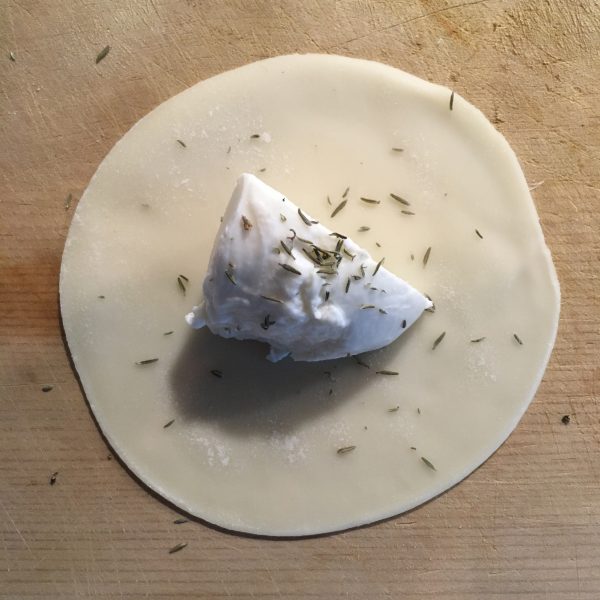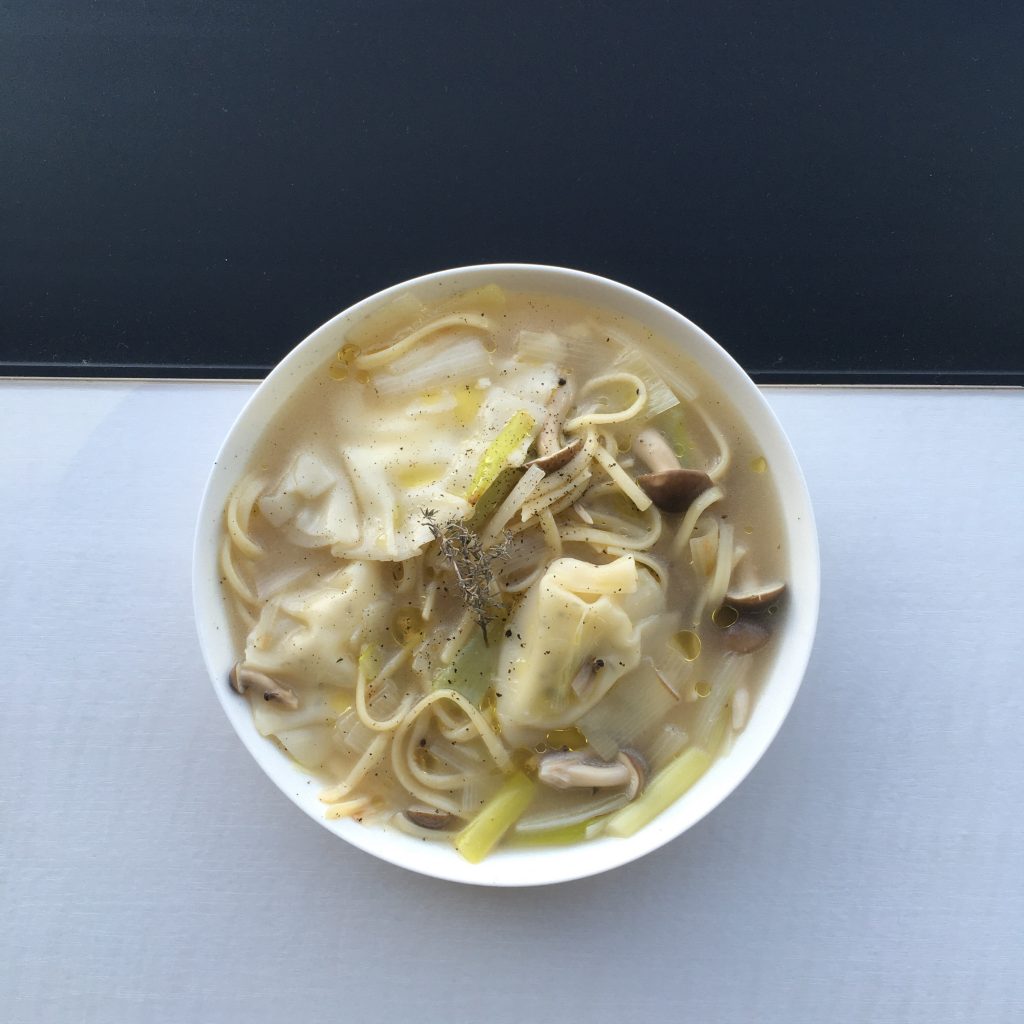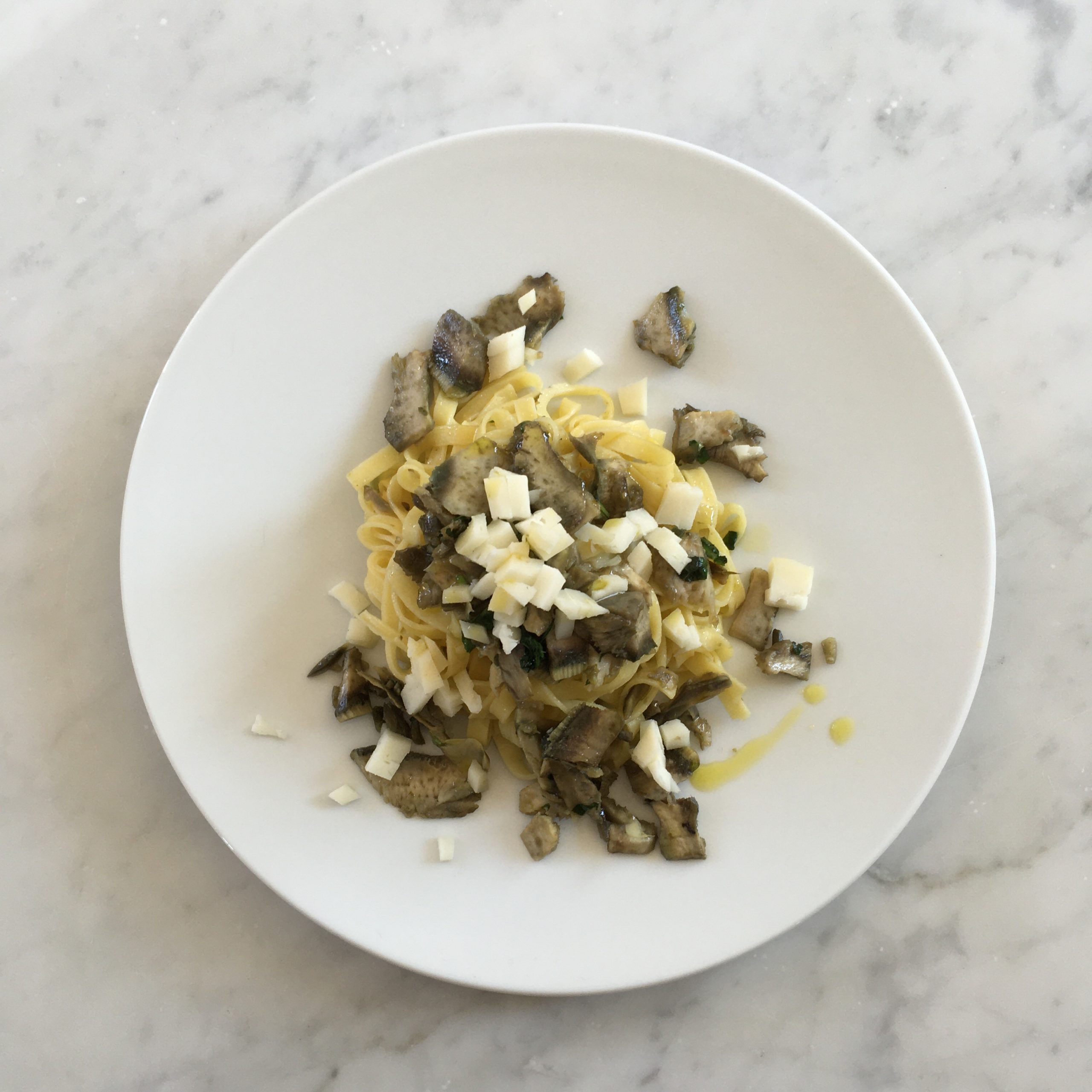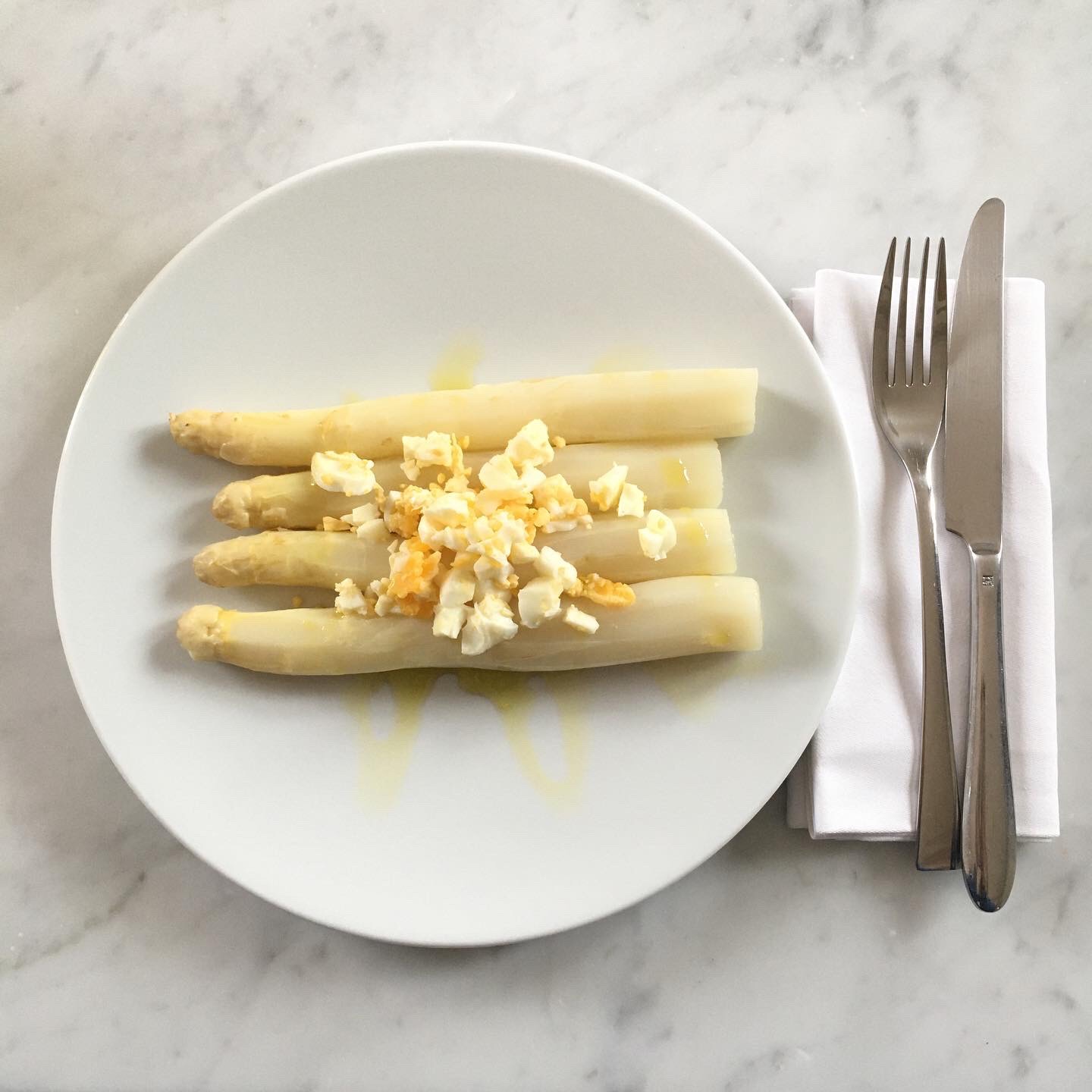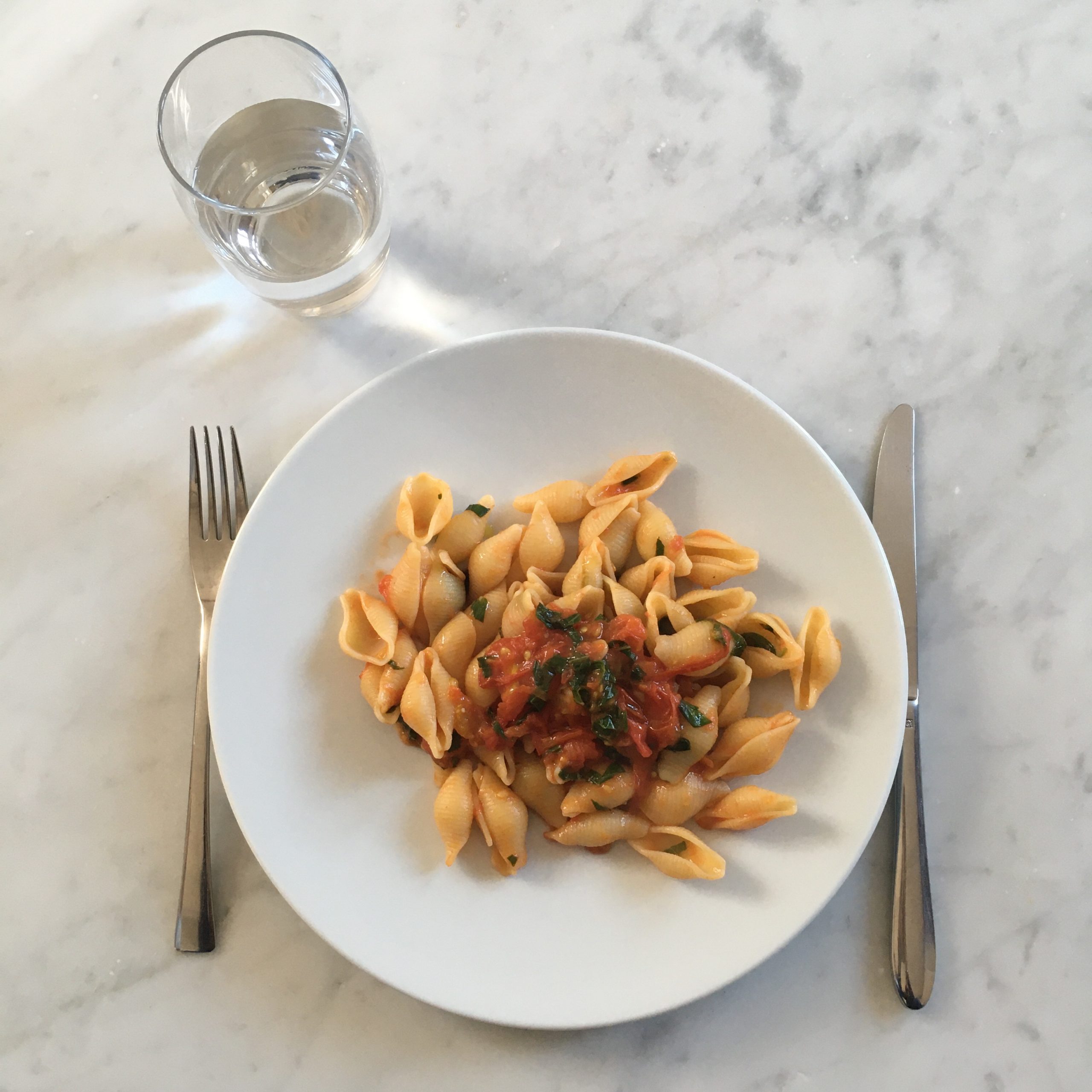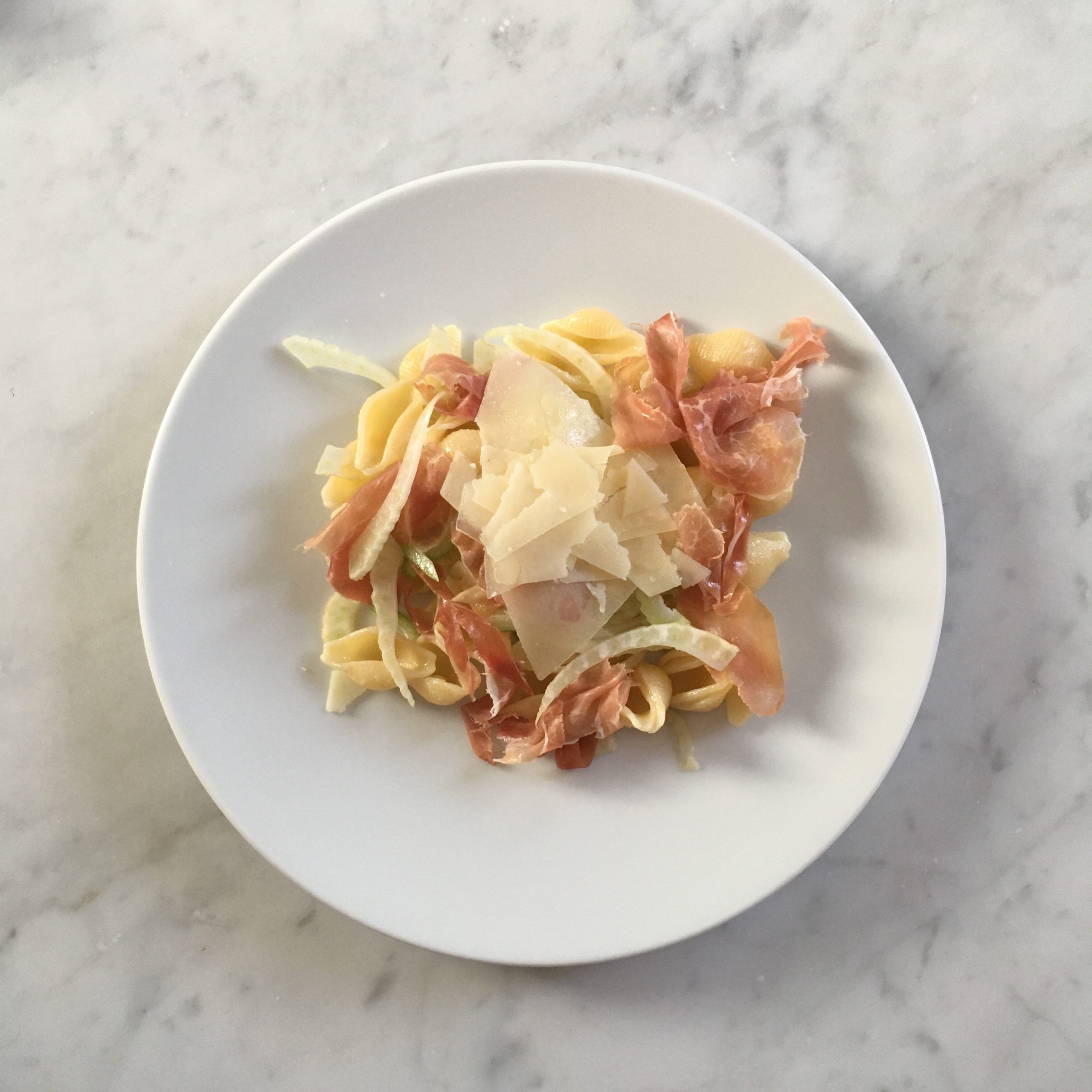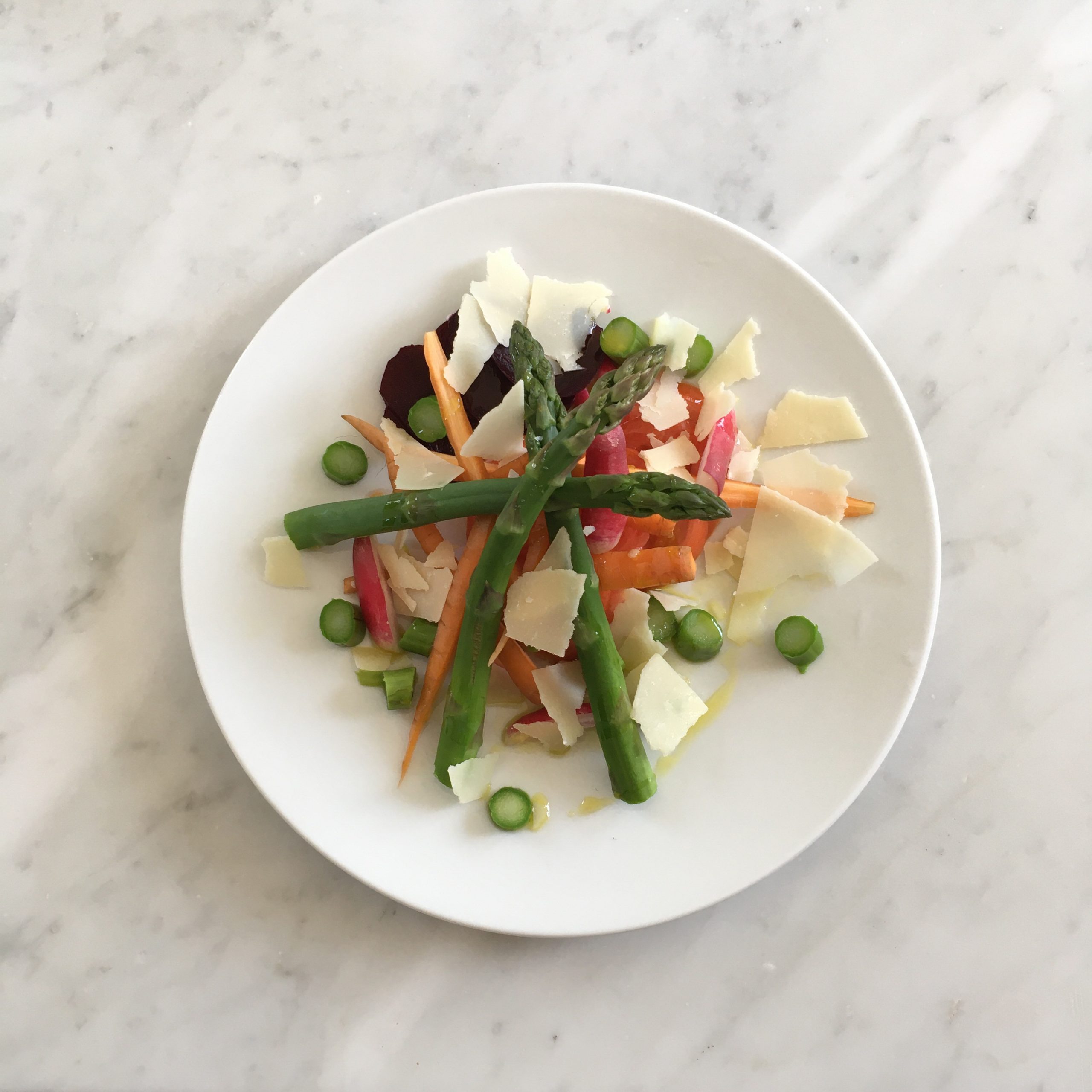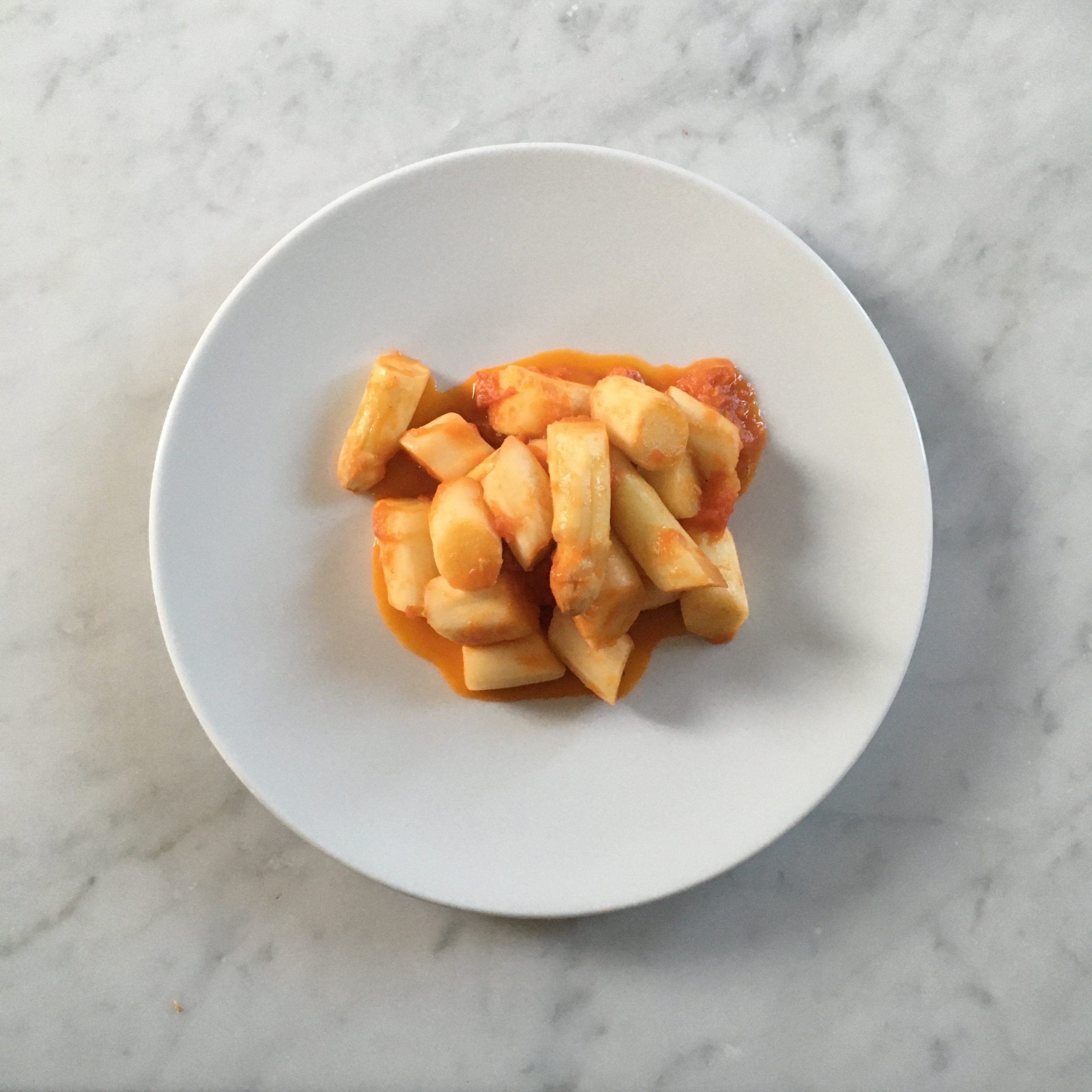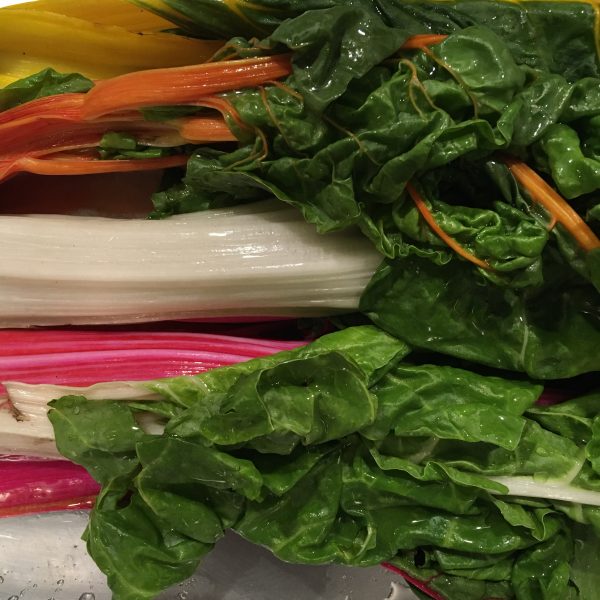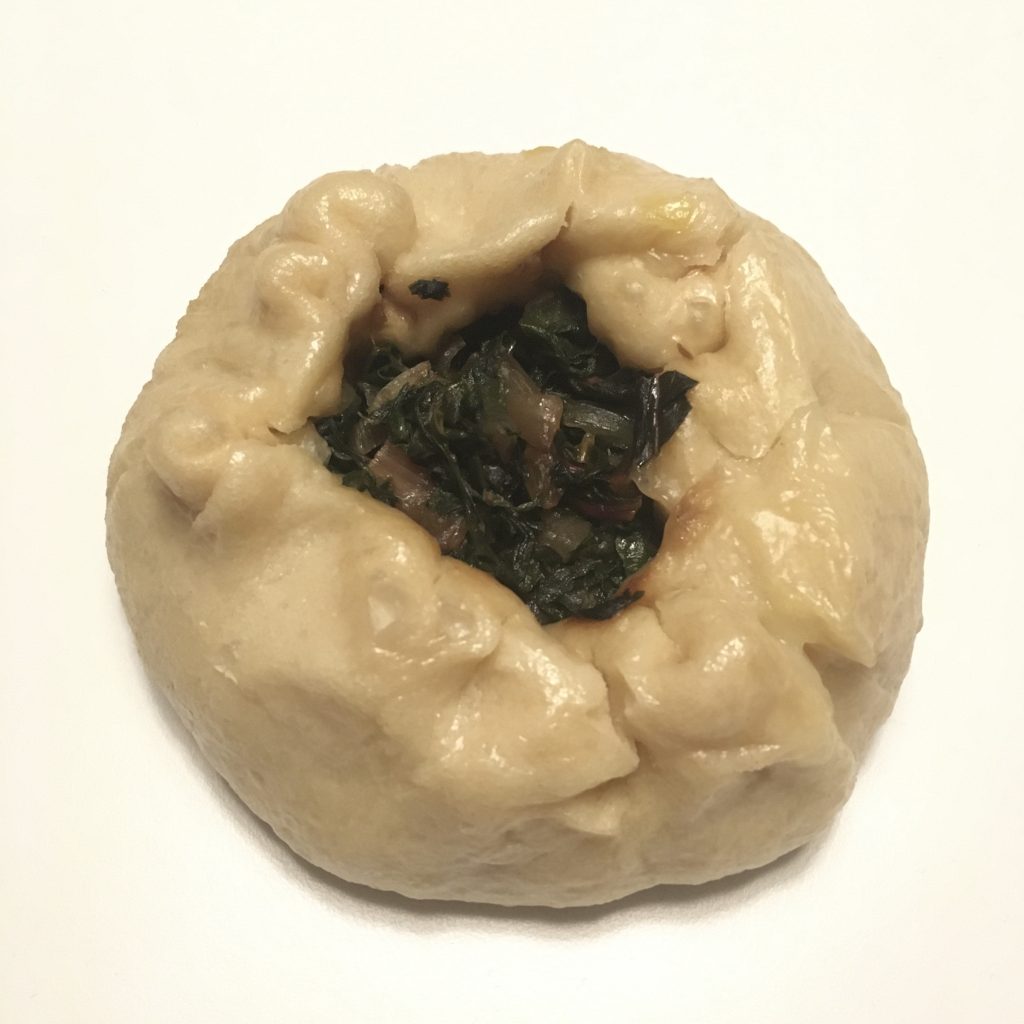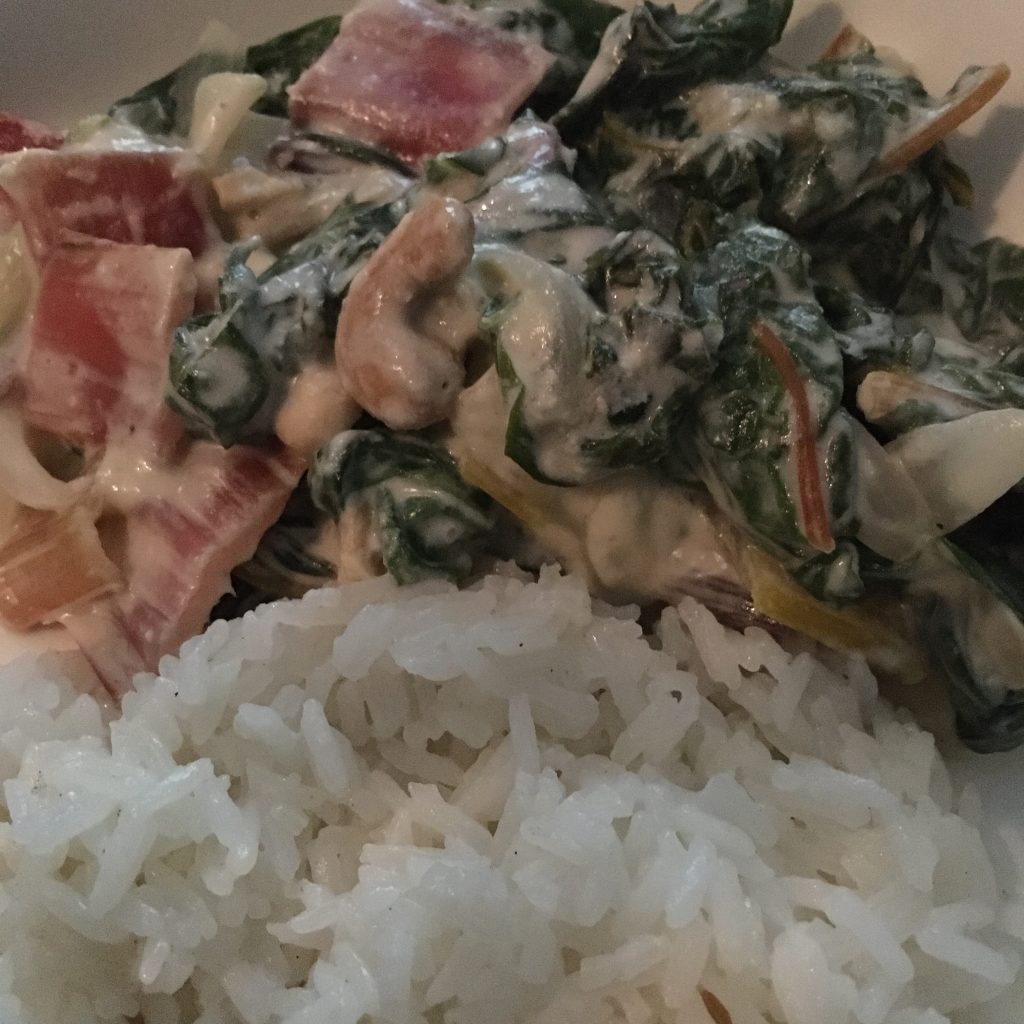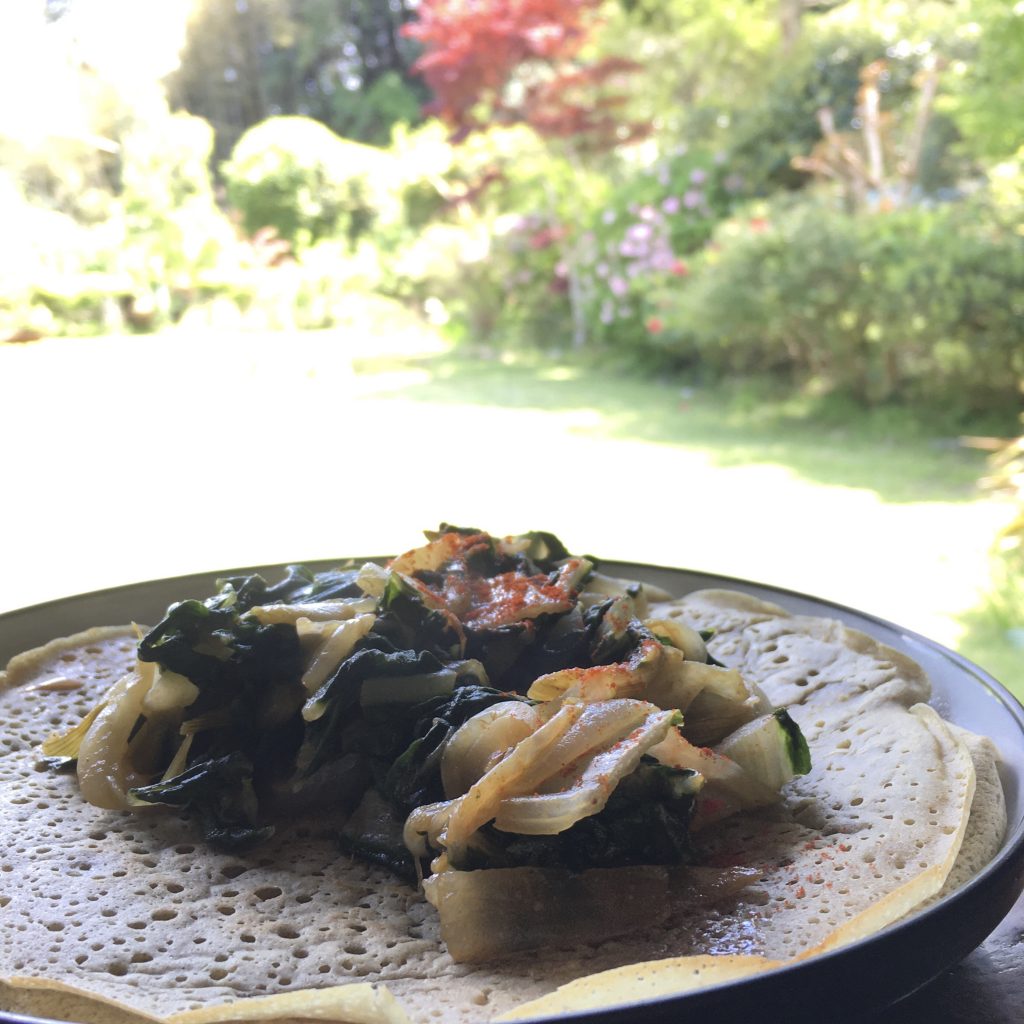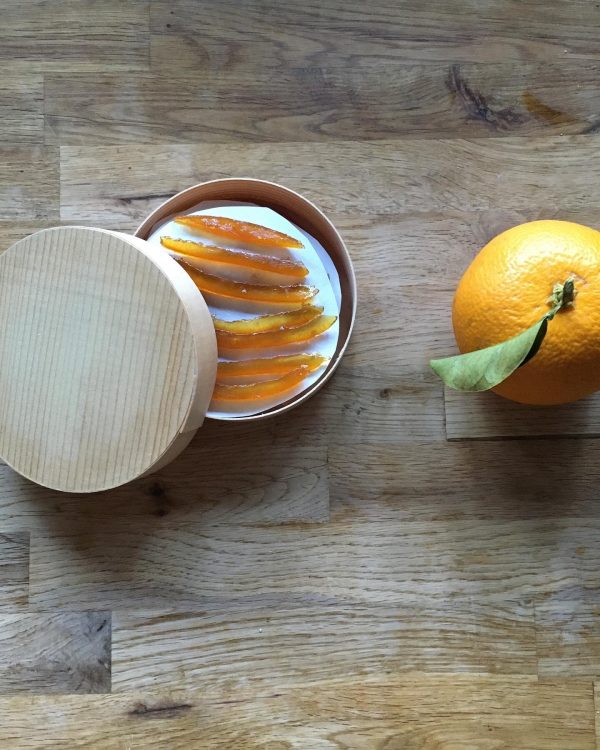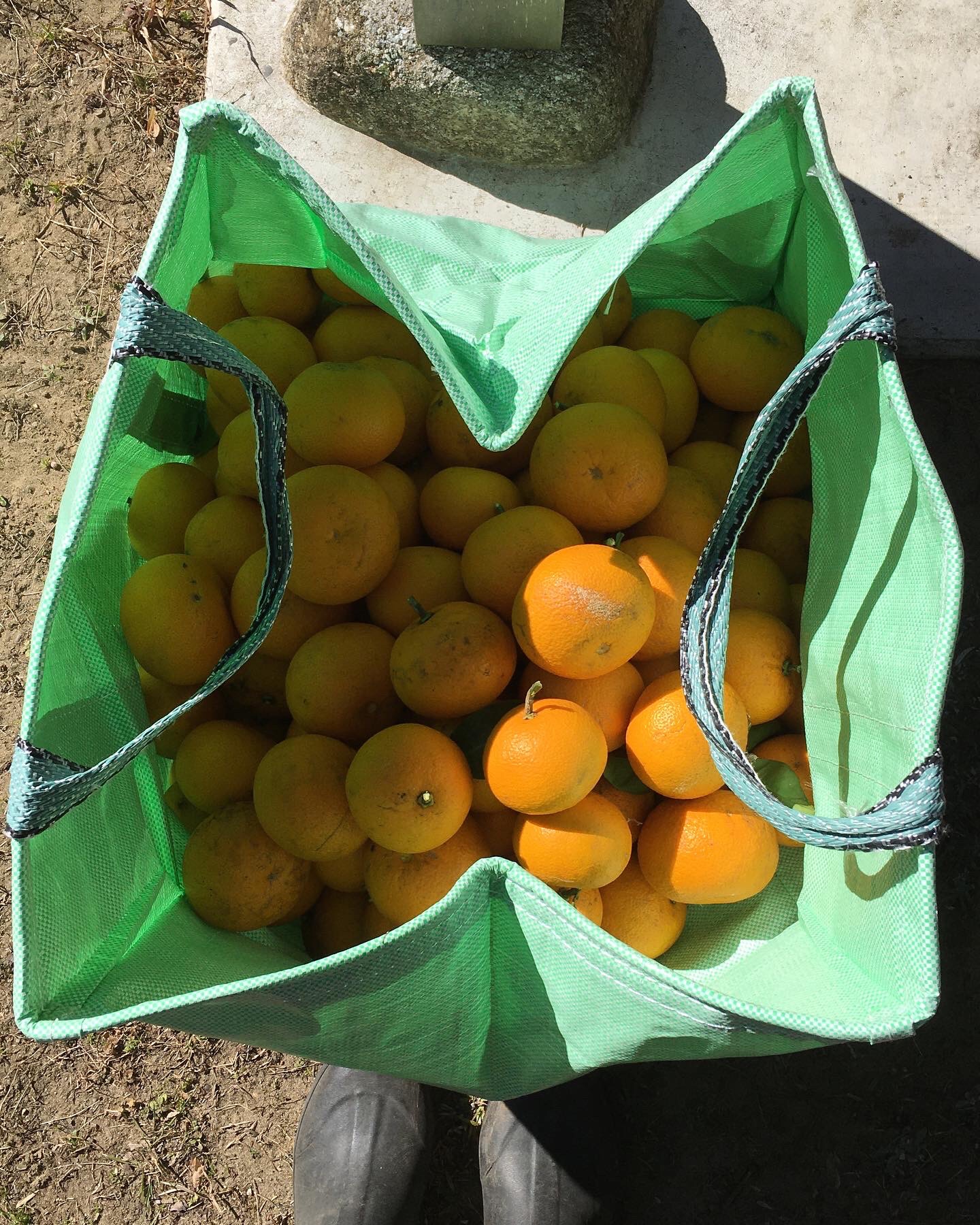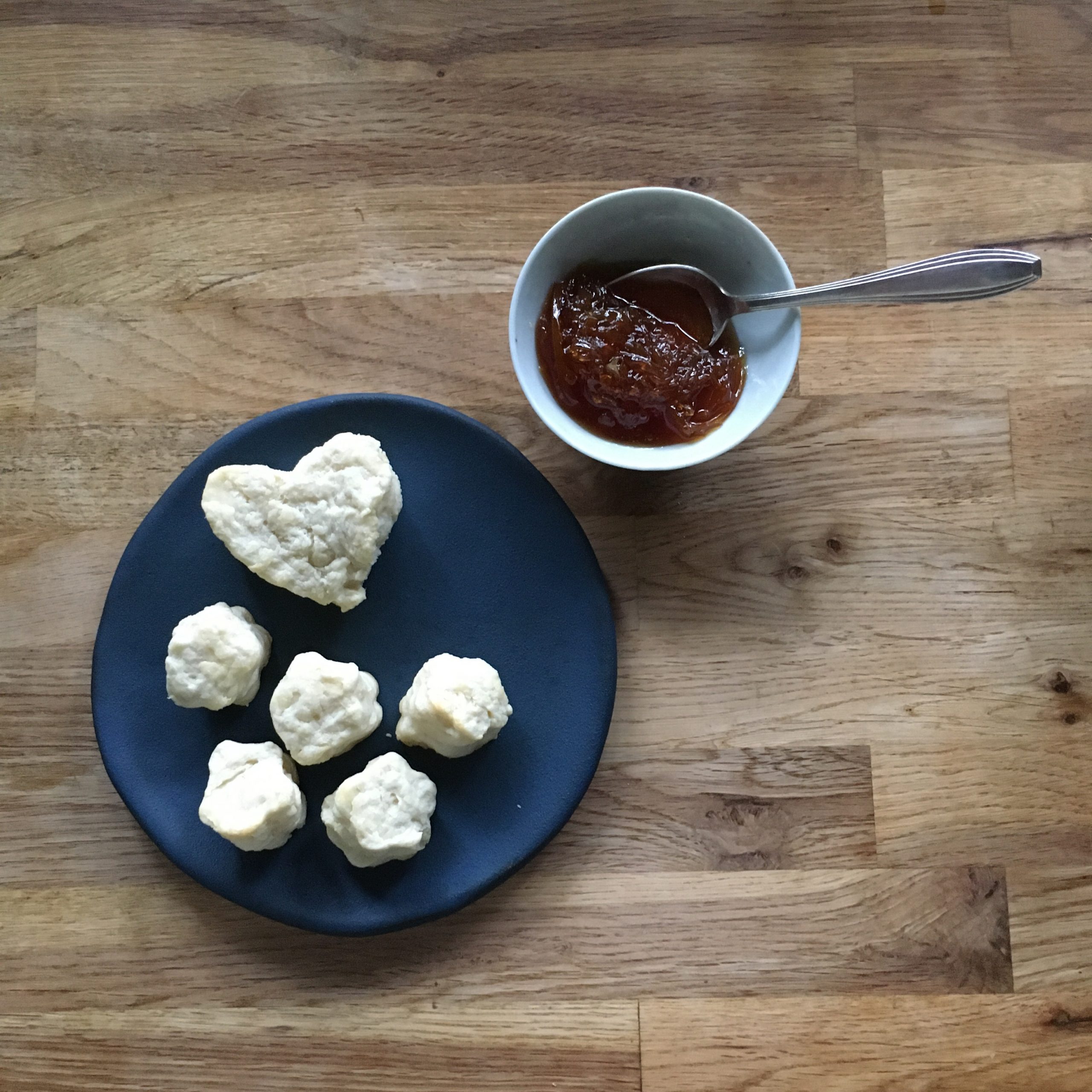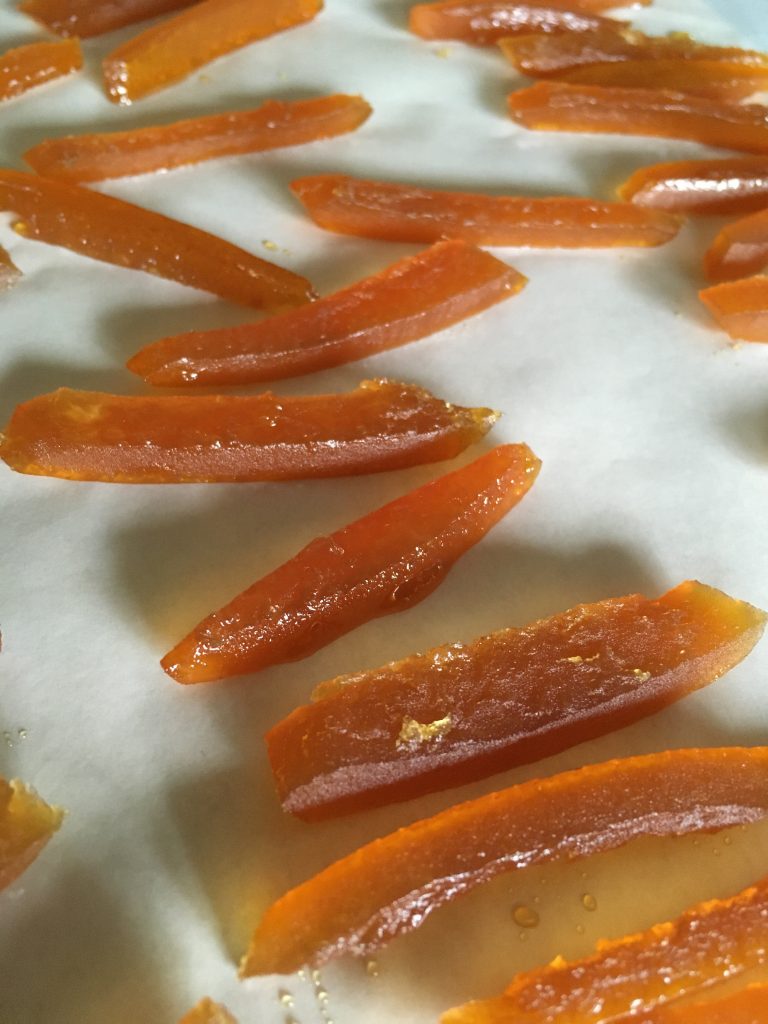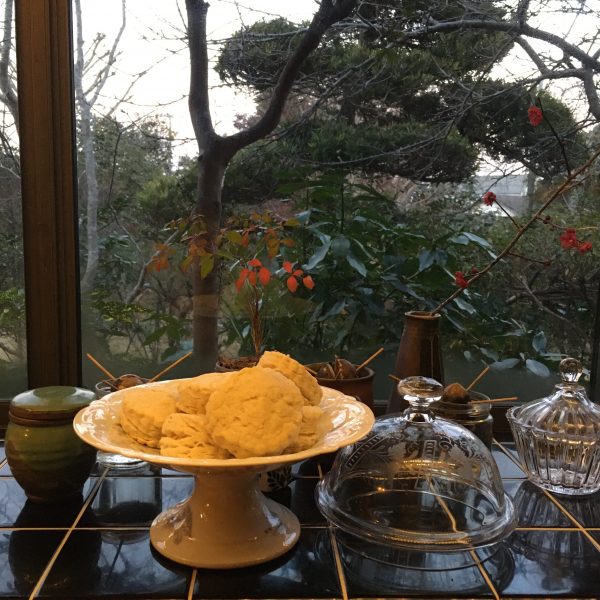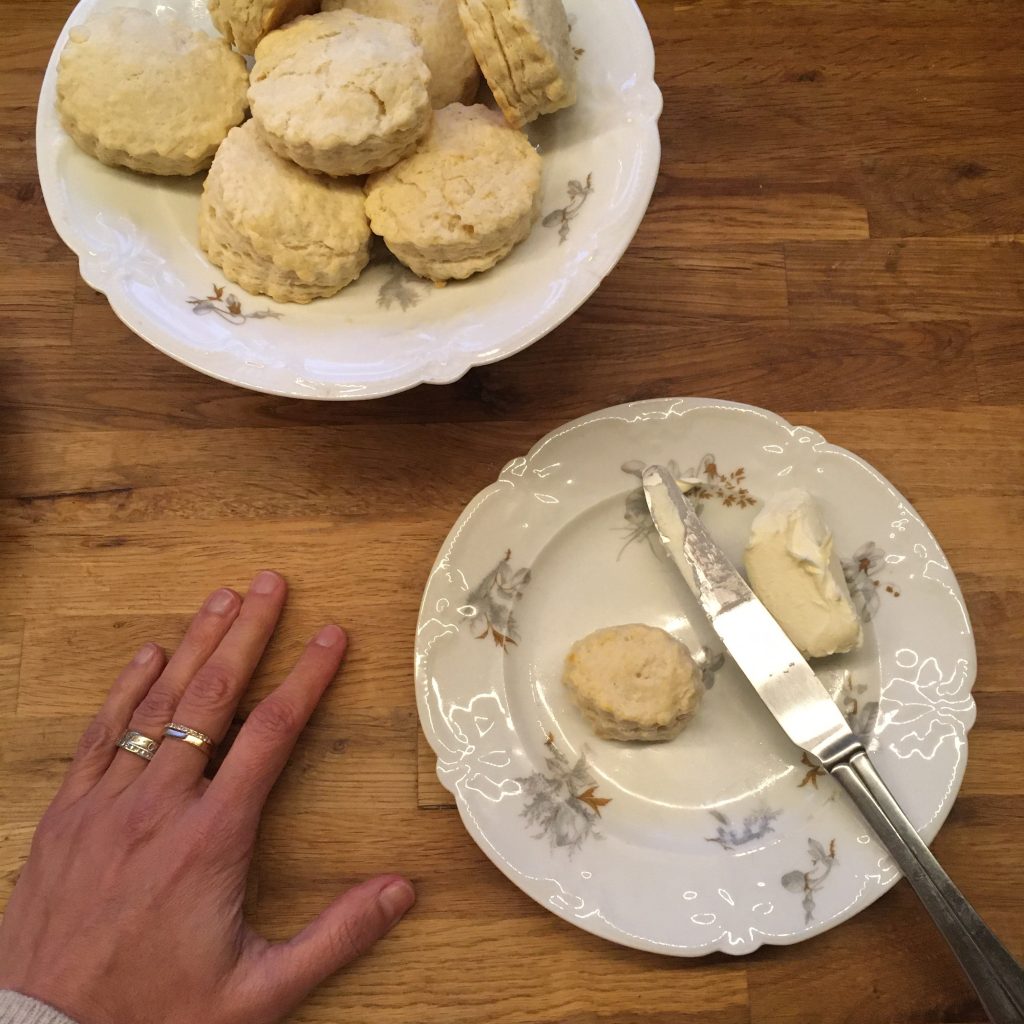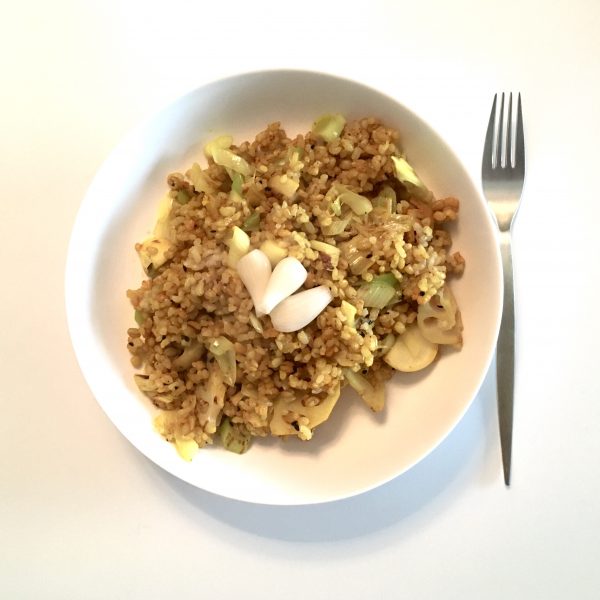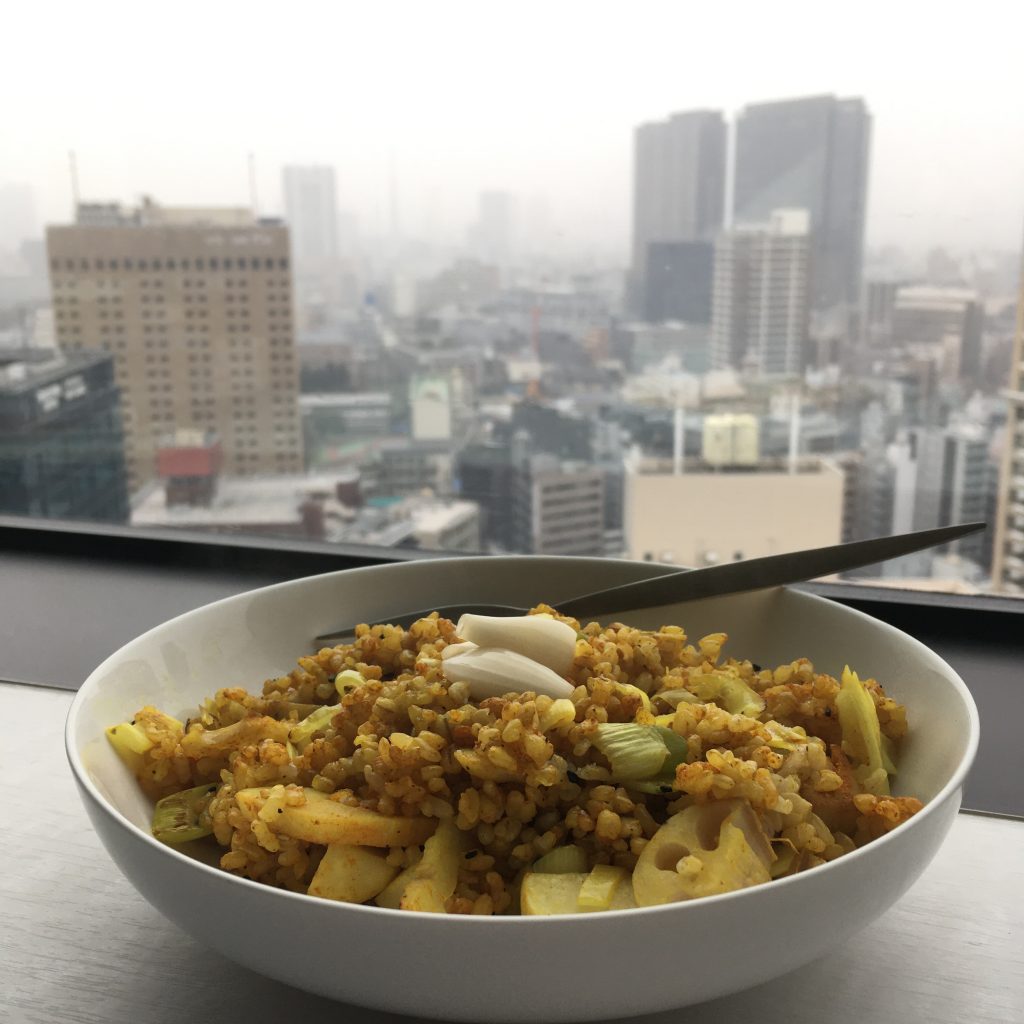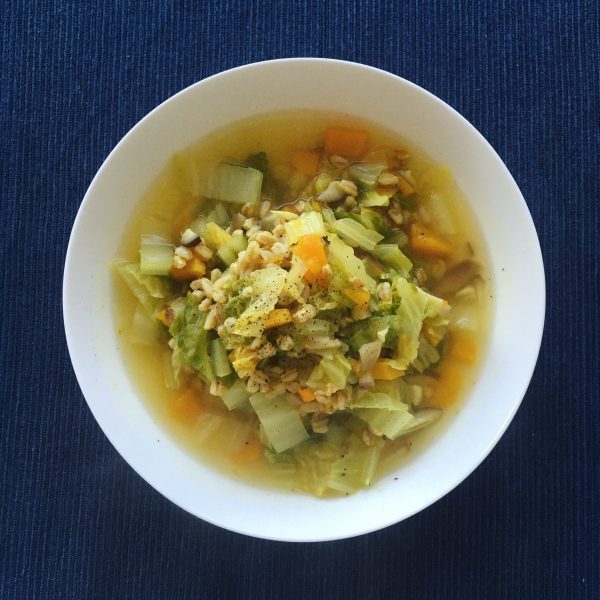While spring is on its way and nanohana are everywhere, and I can’t wait for the spring vegetables to be there, I am also happy to enjoy a little more the winter vegetables: the leeks, the cabbages and the very last kabocha until they’ll be back next fall.
By now you must very well know that dumplings are among my favorite food, from wherever they are I love them! Recently I have been making a lot of vegan gyoza and wontons because I found a very good dumpling skin that contains nothing else than when I make it myself: flour, water and salt. But I still prefer the ones for which I make everything from the scratch, the kneading and rolling are so much fun!
One thing that I love particularly to make is dumplings with a puréed filling, when you can fill a lot in one, they are plumped, with a melty heart. Sweet potatoes and kabocha are the perfect ingredient for that. So of course with a kabocha in the fridge I couldn’t help but make some simple kabocha dumplings. Here is the recipe. Enjoy!!
Kabocha dumplings (2 servings)
For the filling
- 1/2 kabocha
- 1/2tsp of ground cinnamon
- 1/4tsp of paprika
- 1/4tsp of salt
- Ground pepper
For the skin
- 120g of flour (+ a bit for dusting)
- Water
- A ponch of salt
In a bowl mix the flour with the salt and water little by little while kneading until the dough is smooth but non sticky. Leave to rest.
Cut the kabocha in chuck and remove the seeds, keep the skin. In a pan steam or boil the kabocha ( the less water the better so steaming is more recommended). When totally soft mash and add the cinnamon, the paprika, salt, pepper. When puréed you can start rolling your dough. For that, cut a bit of dough, the size of a walnut, and roll it into a circle. Put a generous tea spoon of filling and close, remove all the air as much as possible. Repeat.
For cooking the dumplings you have several options: steaming, boiling, pan frying or pan steaming. I pan steamed them this time: in a greased and heated pan I set the dumplings, then add 0.5mm of water in the pan and cook under cover for 7-8 min then removed the cover to let the rest of the water evaporates and served adding ground pepper and a pinch of olive oil, but you can serve with soya sauce.
